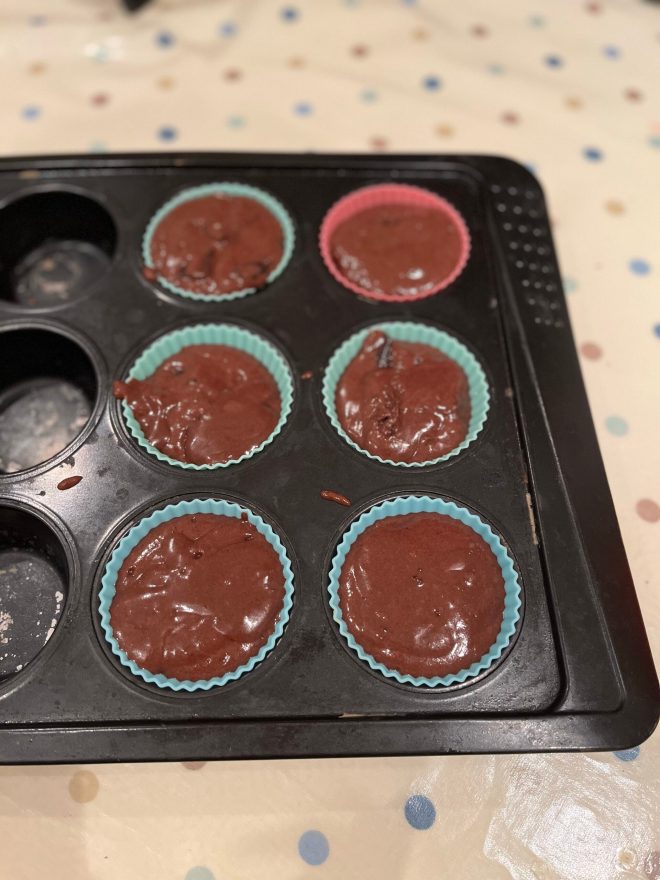
For a blog titled Courgettes and Limes, I’d realised that there is a dearth of recipes using courgettes or limes. So, I started writing this post in the middle of courgette season in the UK, but have only gotten round to finishing it now when the season is pretty much over. Short story – I was working abroad, got ill and then went on holiday.
This is an easy courgette pasta recipe that I love to make because it is versatile and quick. Over the 10 years that I’ve been making it, there have been so many variations. I’ve listed a few of them at the bottom of the post. I like it because it is tasty and fresh from the herbs and lemon/lime juice, easily counts as one of your portions of vegetables per day and is naturally vegetarian and vegan. Over the summer, I experimented with it once more, substituting extra virgin oil with sesame seed oil, which added a rich nuttiness to the dish. Oh my – for me, it was a game changer.
One tip that I learned recently is for a dish like this is that to prevent burning the garlic when cooking, do not chop the garlic too finely, or crush it.
Simple herby courgette pasta for one. If you want to feed more people, then double, triple, quadruple… the ingredients list and allow a bit more time for cooking.
Ingredients
- enough dried pasta for you (anything between 60-90g according to the internet) – fusilli, linguine, spaghetti, are some that I’ve used that work well
- 1 tbsp of vegetable oil
- 1 medium sized courgette – any colour (or half a large courgette)
- 1 garlic clove
- 1 red chilli or chilli flakes – as much or as little as you like
- A large handful of a variety of fresh herbs (parsley, coriander, dill, mint)
- 1 spring onion (optional)
- 1 tbsp of sesame seed oil to garnish
- 1 tbsp of sesame seeds or pine nuts or flaked almonds (toasted)
- salt and pepper
- a squeeze of lemon/lime juice
Method
- Before you boil the pasta, use the pan to toast the nuts or seeds. Put the nuts or seeds into the pan, heat them up on a medium heat until they turn a brown colour. Tada, they’re toasted. They will also smell glorious. Take out of the pan and set aside to cool.
- While they’re toasting, prep the vegetables. Finely slice the courgette, roughly chop the garlic, deseed and finely slice the chilli (if using).
- Boil water in the kettle to cook the pasta, and then add the pasta into the pan used to toast the nuts/seeds. Add the boiling water and salt to the pasta and cook according to the instructions on the packet. If you don’t have a kettle, bring enough water to cook the pasta to boil in a pan. Add salt and pasta and then cook.
- In a medium sized frying pan, add a tablespoon of vegetable oil and a pinch of salt, fry the courgettes and garlic until the courgettes are translucent and browned.
- While the courgettes cook, roughly chop the herbs that you’re using and finely slice the spring onion.
- Once the pasta has cooked, reserve half a cup of the starchy pasta water, then drain it and add the pasta to the courgettes (I guess if you quadrupled the recipe, you might want to add the courgettes to the drained pasta).
- Add as much or as little of the pasta water to loosen it, then mix in the herbs, spring onion, 1 tablespoon of sesame seed oil, the toasted nuts/seeds and a squeeze of lemon or lime juice. Season with salt and black pepper.
- Enjoy!




Variations
- Use extra virgin olive oil instead of sesame seed oil for a more Mediterranean flavour.
- Use a mint and basil herb combo.
- Add a finely sliced shallot in with the courgettes
- If I only have one herb at hand – I like to use parsley or coriander
- Other nuts and seeds that I’ve used: hazelnuts, pumpkin seeds, sunflower seeds, mixed seed mix.
- Instead of salt at the end, season with finely grated parmesan or grana padano, or even a strong cheddar.
- The chilli, lemon or lime juice is all optional.



















































